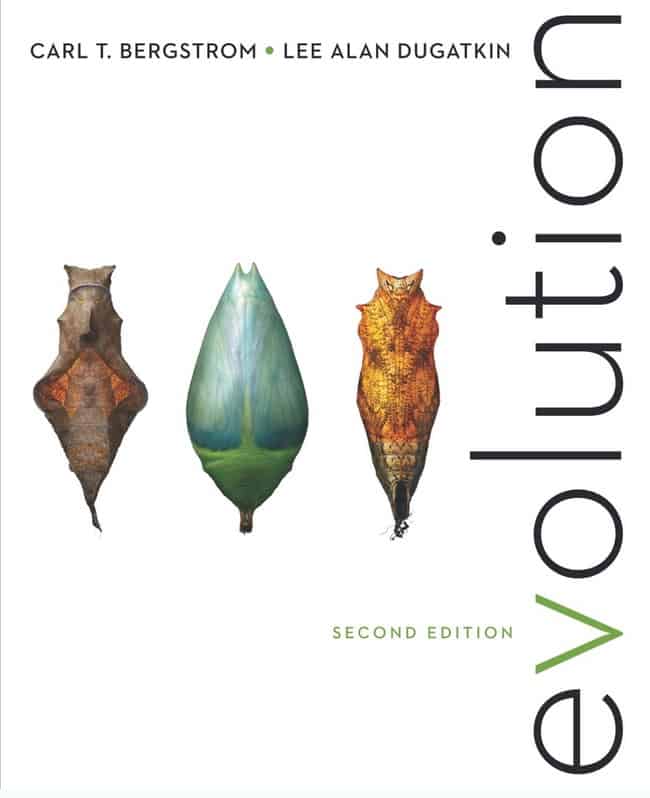Phylogenetics is introduced early in two separate chapters?Chapters 4 and 5?that teach students how to interpret hypotheses about evolutionary history and compare the relatedness of living organisms, while five complete chapters on population genetics provide the most thorough and accessible coverage of this foundational topic available in any undergraduate textbook. Clear explanations of quantitative methods teach students how to formulate questions about evolutionary processes and relationships the same way that researchers do?using the language of quantitative models.
Contemporary research examples in every chapter?many of which are drawn from the last 3-5 years?reinforce foundational concepts. Research topics include a 2013 study in which clonal interference in a yeast population was observed using whole-genome sequencing, as well as a 2014 paper illustrating genetic hitchhiking by describing a study of within-host evolution of the HIV virus. A new chapter on human evolution highlights recent discoveries?including research that shows early humans did interbreed with Neanderthals. A capstone chapter on evolution and medicine and a full chapter on genome evolution highlight the cutting-edge of research in evolutionary biology.
The Second Edition offers a rich variety of resources for in-class discussion or homework assignments. New Key Concept questions throughout?with answers included in the back of the book?encourage students to think critically about what they?re reading, while new end-of-chapter Key Concept Application questions challenge students to interpret and analyze data. InQuizitive modules accessible from the Coursepack help struggling students get up to speed on the most foundational concepts in the course? phylogenetics, population, genetics, and analyzing data.
The Evolution art program has been carefully designed to promote students? understanding of key concepts. Throughout the Second Edition, stunning visuals?including research-style data graphics and new, enlarged photographs?highlight the amazing diversity of life on Earth. Phylogenetic relationships are made clear through phylogenetic trees in every chapter, many of which include in-figure captions, photographs, and line art that further explain each concept. Research descriptions address experimental design as well as outcomes, helping students better grasp the implications of the results. Experimental details encourage students to visualize both the research study and how the experiment was conducted so that they fully understand the meaning behind the data.
Evolution (second edition) by Bergstrom and Dugatkin (PDF)
- Authors: Carl T. Bergstrom, Lee Alan Dugatkin
- Pages: 896 pages
- Format: PDF
- Publisher: W. W. Norton & Company; 2nd edition (February 23, 2016)
- Language: English
- ASIN: B01GUF86AY
- ISBN-10: 0393601048
- ISBN-13: 9780393601046











